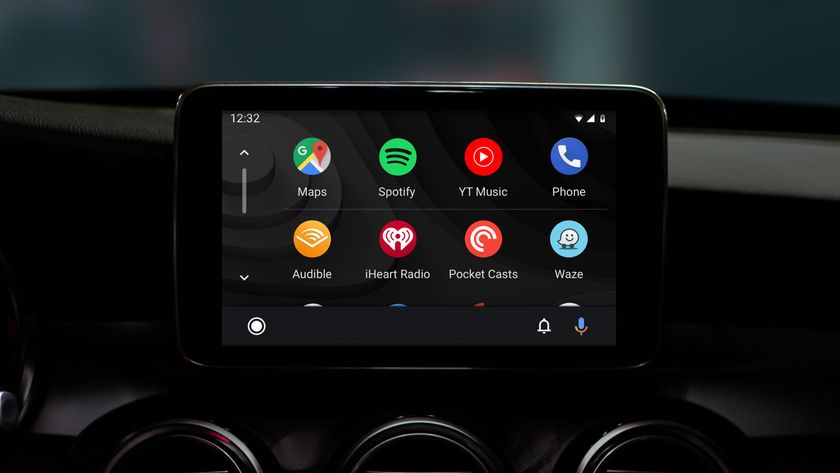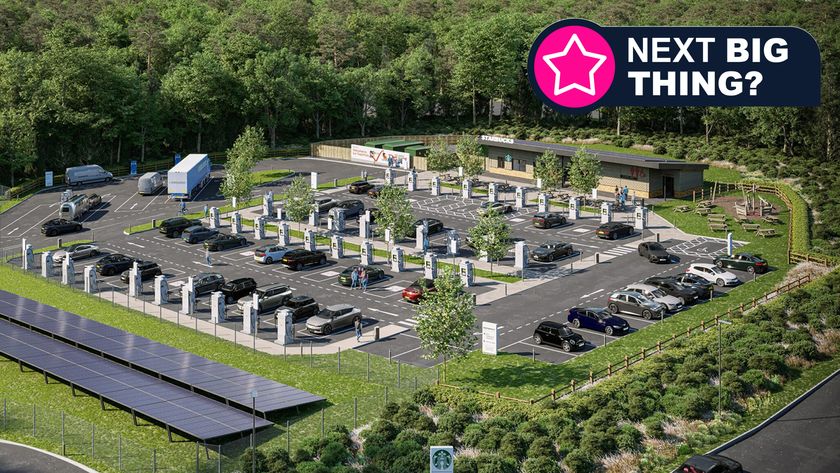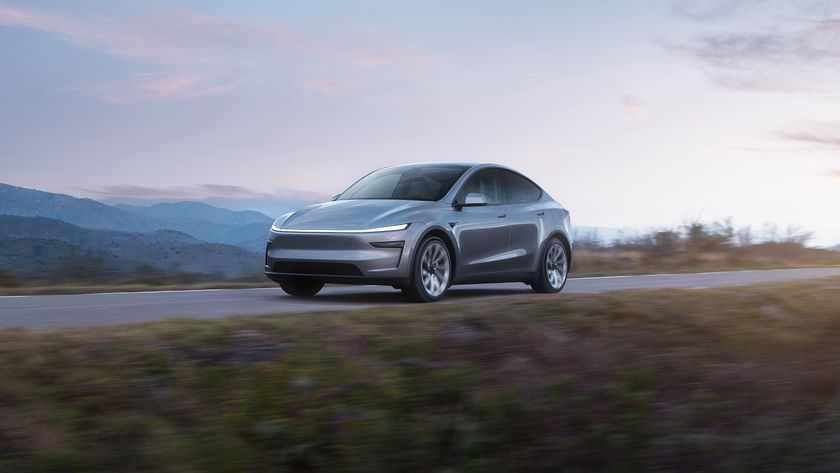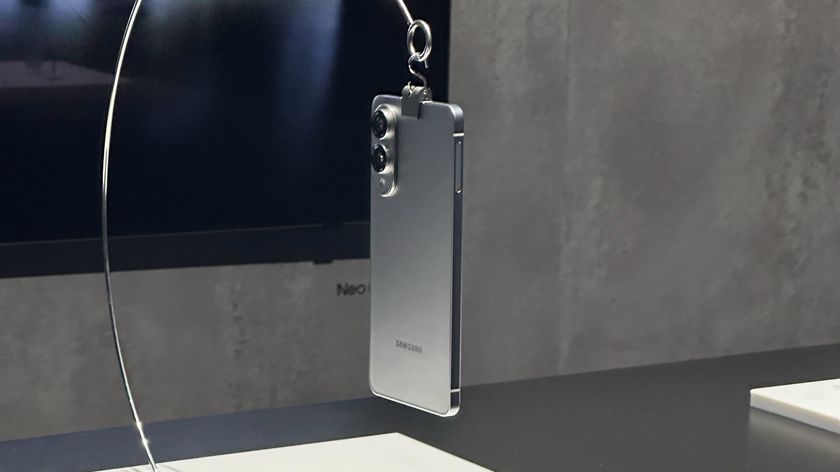From terrifying brakes to laser beams: how far car tech has come
It's scary just how bad cars used to be
Then – The nut behind the wheel
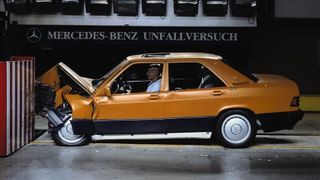
Drum brakes, lap belts and the nut behind the wheel - that's all that used to stand between you and a sticky end back in the 1970s. Indeed, jump behind the wheel of a 70s car and the awful braking performance is probably the thing that stands out most.
In the event of an accident, however, it'll be poor structural integrity and the structure collapsing that will focus your attention. In fact, roughly three times as many people died each year in UK roads in the 1970s as today, despite dramatically higher traffic levels.
Now – Crumple zones and driver assists
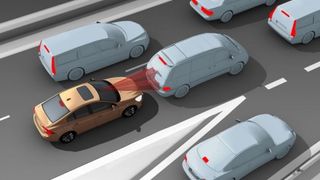
Thanks to anti-lock braking tech and just much more powerful discs braking systems, braking distances achieved by modern cars are dramatically shorter than those sluggish 70s boxes. And if you do crash, crumple zones and airbags make serious injury far less likely.
But prevention is better than cure, and the really clever thing about today's cars is how good they are at avoiding accidents. Stability control systems keep cars pointing the right way, even in bad conditions, and radar and laser-powered sensor systems can automatically slam on the brakes before the driver is even aware of the hazard ahead.
Cars like the Hyundai Elantra, Mazda CX-9, Mercedes S550, Toyota Camry and many others can even scan the road to prevent you from leaving the lane markers or actively steer the car.
Get daily insight, inspiration and deals in your inbox
Sign up for breaking news, reviews, opinion, top tech deals, and more.
Technology and cars. Increasingly the twain shall meet. Which is handy, because Jeremy (Twitter) is addicted to both. Long-time tech journalist, former editor of iCar magazine and incumbent car guru for T3 magazine, Jeremy reckons in-car technology is about to go thermonuclear. No, not exploding cars. That would be silly. And dangerous. But rather an explosive period of unprecedented innovation. Enjoy the ride.
